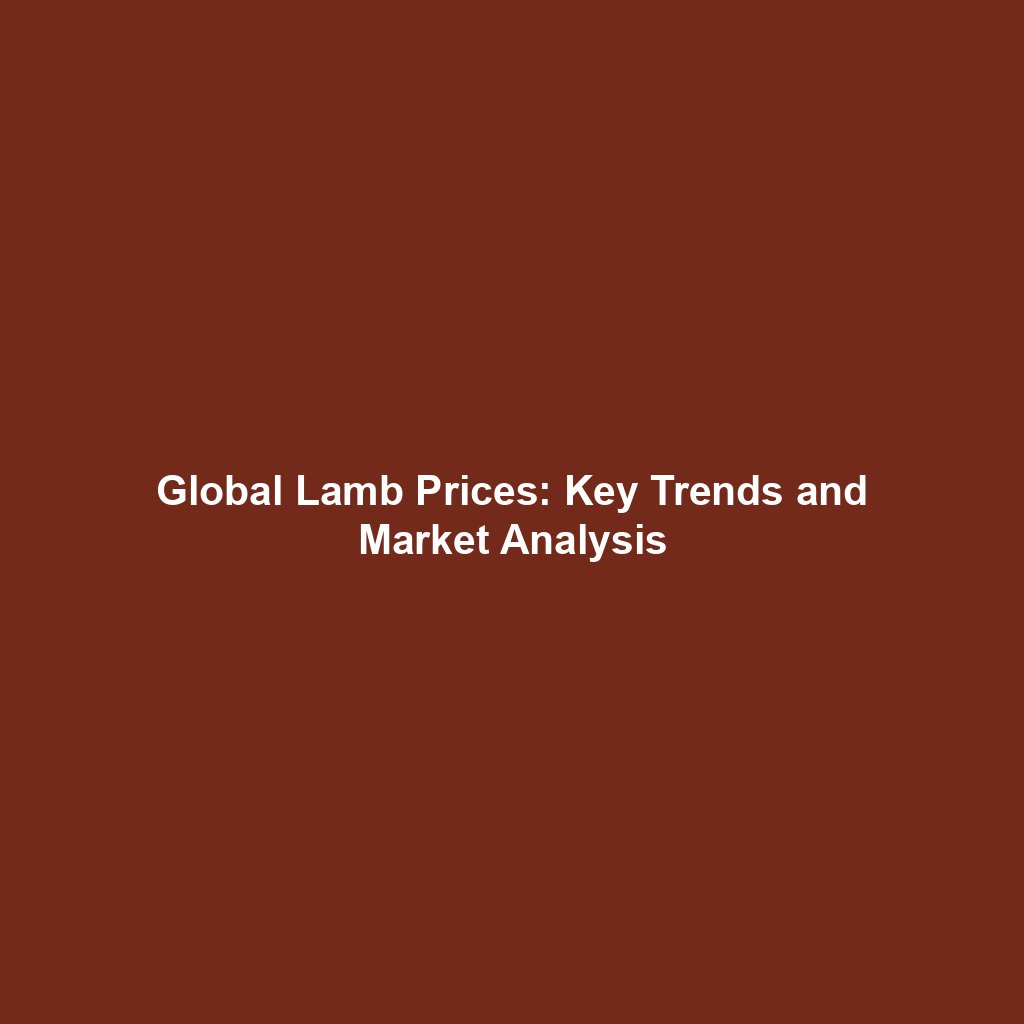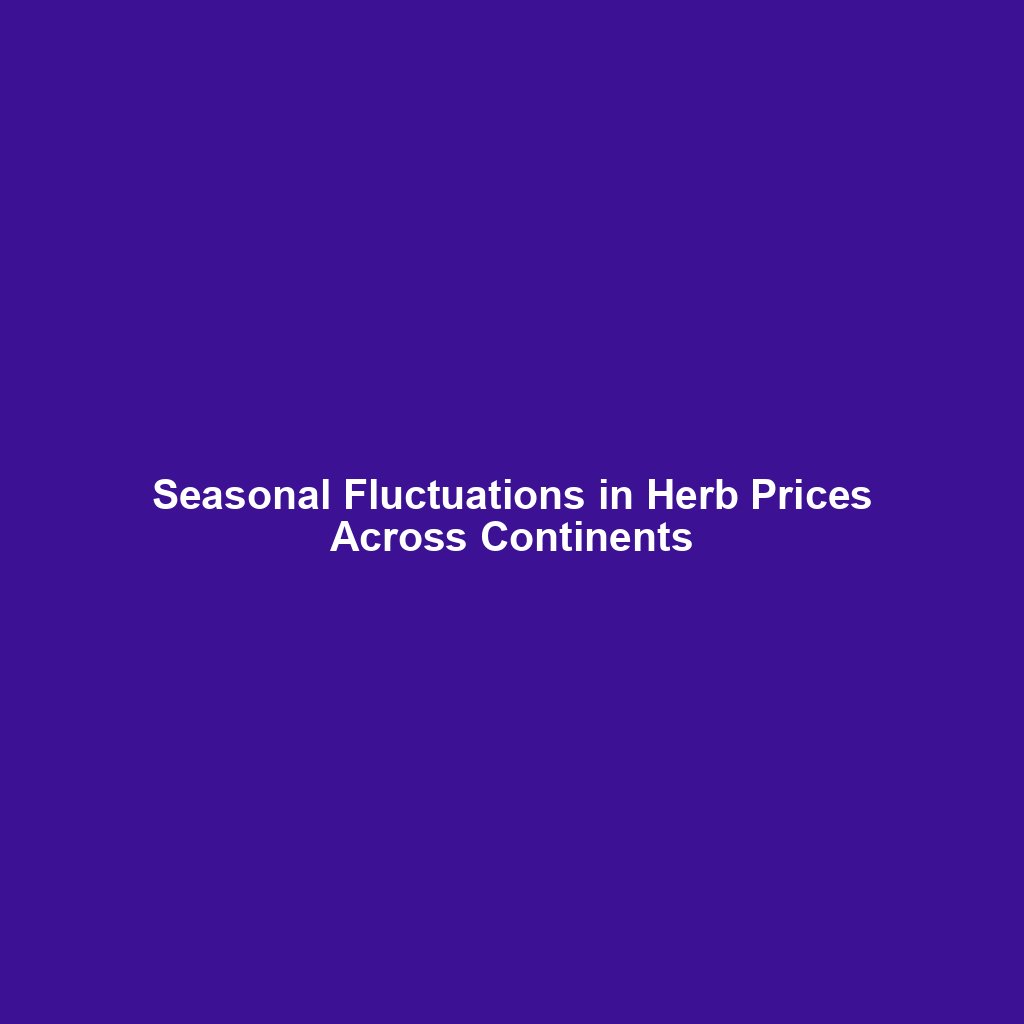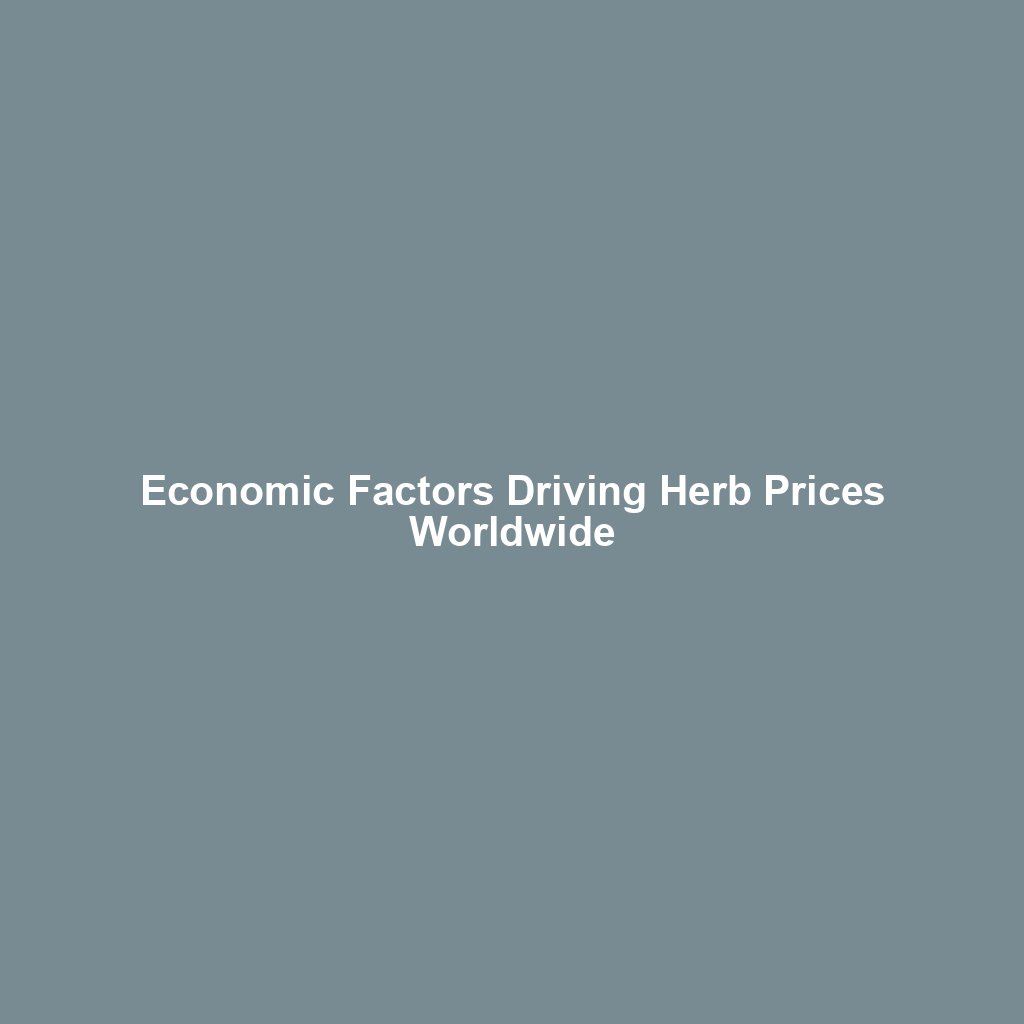
Introduction to Global Lamb Prices
Agriculture plays a pivotal role in the global economy, and within this sector, the livestock industry is a significant contributor. Among various livestock products, lamb holds a unique position due to its cultural, economic, and nutritional importance. Understanding the trends and market dynamics of global lamb prices is crucial for stakeholders ranging from farmers to policymakers. This article delves into the key trends and market analysis of global lamb prices, providing a comprehensive overview of the factors influencing this market.
Chapter 1: Factors Influencing Global Lamb Prices
1.1 Supply and Demand Dynamics
The fundamental principle of supply and demand is a primary driver of lamb prices. When the supply of lamb is high and demand is low, prices tend to decrease. Conversely, when demand outstrips supply, prices rise. Several factors influence both supply and demand in the lamb market.
1.2 Production Levels
Production levels of lamb are influenced by various factors including climate conditions, feed availability, and farming practices. Regions with favorable climates and abundant feed resources tend to have higher production levels, which can lead to lower prices. Conversely, adverse weather conditions, such as droughts or floods, can reduce production and drive prices up.
1.3 Consumer Preferences
Consumer preferences play a significant role in determining demand for lamb. In some cultures, lamb is a staple food, while in others, it is consumed less frequently. Changes in dietary trends, such as a shift towards plant-based diets, can also impact lamb consumption and, consequently, prices.
1.4 Global Trade Policies
Trade policies, including tariffs, quotas, and trade agreements, can significantly impact the global lamb market. For instance, import restrictions in major consuming countries can reduce demand for imported lamb, leading to lower prices. Conversely, favorable trade agreements can boost exports and support higher prices.
1.5 Currency Exchange Rates
Currency exchange rates can affect the competitiveness of lamb exports. A stronger domestic currency makes exports more expensive for foreign buyers, potentially reducing demand and lowering prices. Conversely, a weaker domestic currency can make exports more attractive, supporting higher prices.
1.6 Input Costs
The cost of inputs such as feed, labor, and veterinary services can influence lamb production costs and, ultimately, prices. Rising input costs can lead to higher production costs, which may be passed on to consumers in the form of higher prices.
Chapter 2: Market Analysis of Global Lamb Prices
2.1 Regional Price Variations
Global lamb prices can vary significantly across different regions due to variations in production costs, consumer preferences, and trade policies. For instance, lamb prices in New Zealand, a major exporter, may differ from prices in the Middle East, a significant importer.
2.2 Seasonal Price Fluctuations
Lamb prices often exhibit seasonal fluctuations due to changes in supply and demand throughout the year. For example, prices may rise during religious festivals or holidays when demand for lamb increases. Similarly, prices may decline during periods of peak production.
2.3 Impact of Global Events
Global events such as pandemics, geopolitical tensions, and economic crises can have a profound impact on lamb prices. For instance, the COVID-19 pandemic disrupted supply chains and reduced demand in many markets, leading to price volatility.
2.4 Technological Advancements
Technological advancements in farming practices, supply chain management, and market analysis can influence lamb prices. Innovations such as precision farming, blockchain for traceability, and advanced data analytics can improve efficiency and transparency in the lamb market.
2.5 Case Study: New Zealand Lamb Market
New Zealand is one of the largest exporters of lamb in the world. The country’s lamb market provides valuable insights into global price trends. Factors such as favorable climate conditions, advanced farming practices, and strong trade relationships have positioned New Zealand as a key player in the global lamb market.
2.6 Future Outlook
The future outlook for global lamb prices will depend on a range of factors including climate change, technological advancements, and evolving consumer preferences. Stakeholders in the lamb market must stay informed about these trends to make strategic decisions and remain competitive.
Conclusion
Understanding the key trends and market dynamics of global lamb prices is essential for stakeholders in the agriculture sector. By analyzing factors such as supply and demand dynamics, production levels, consumer preferences, and global trade policies, stakeholders can gain valuable insights into the factors influencing lamb prices. Additionally, regional price variations, seasonal fluctuations, and the impact of global events must be considered in market analysis. As the global lamb market continues to evolve, staying informed about these trends will be crucial for making strategic decisions and ensuring long-term success.



